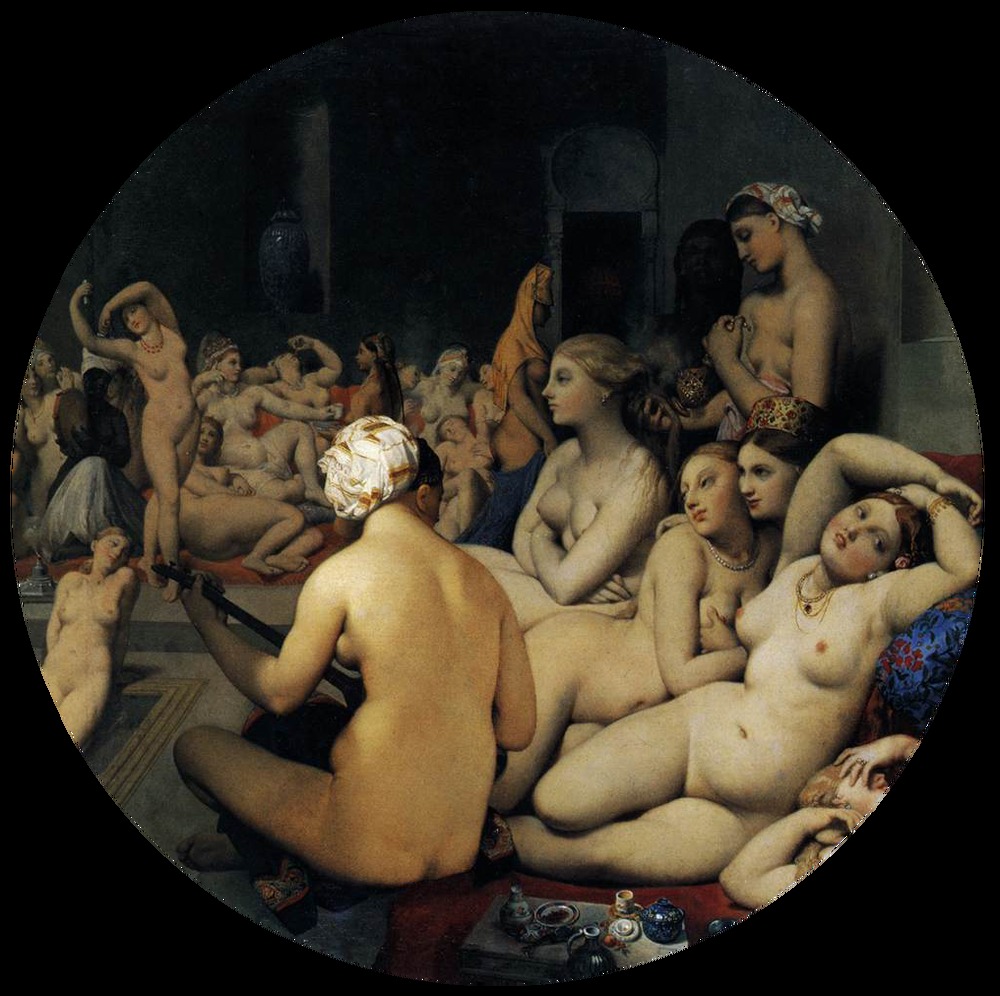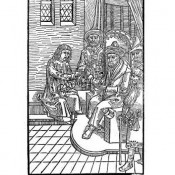Material Culture Review solicits articles for a special issue on the theme of constructing the exotic. We are looking for articles that examine the question of how a person, an object or a work of art comes to be seen as exotic. How is “foreignness” constructed? How is one culture appropriated and domesticated by another?
The goal here is not to show the constructed nature of the concept of the exotic. Rather, papers should emphasize the processes by which something is made exotic, including the stories that surround an object, the ways in which an object is exhibited, and how the representation of an object affects whether or not it is perceived as foreign. We invite papers that examine exoticization and domestication in relation to territory and place, agency and identity – papers that examine not only what is exoticized but also who does the exoticizing and how they do it. We are particularly interested in analyses of the exotic in Europe and North America that are grounded in social and political contexts.
Proposed Research Topics
1. Representation
The first topic has to do with representations that blur the border between documentation and fiction, realism and exoticism. How do certain items construct certain identities? For example, how do Indian clothing, Chinese dishes and tobacco accessories contribute to the identity of those who wear or use them? How are these objects used in the art world, in the theatre, or in people’s homes? How do 18th-century engravings used to illustrate stories of voyages, as well as more “scientific” representations (photographs, museums, etc.) produced at the beginning of the 19th century, construct the exotic? Papers on this topic will look at what actually makes something appear exotic, what increases or decreases the “foreign” quality in the eyes of the maker and consumer.
2. Display
The second topic pays attention to the material culture, words and gestures surrounding objects – to displays that make them look exotic or – on the contrary – domestic. Here, it is important to examine how the objects are displayed in their place of purchase, in people’s homes and in museums. How are they exhibited? What physical context (furniture, frames, light) is used to present them? What words are used to describe them? Do these things qualify the objects as exotic or, rather, do they underemphasize their “foreign” quality?
3. Materiality
Once the things are acquired, how are they repaired, reformed or recomposed? What kind of material transformations do these imported, re-territorialized objects undergo? It may be through a process of hybridization with other artifacts, or through a process of integration: a fragment inserted into a piece of furniture can alter the entire object. Exoticism is reinforced, for example, in the bronze or silver rings on an Asian vase. We encourage papers that study the processes of fragmentation or expansion, and the use of specific materials (precious and tropical wood, stone, metal, etc.) in the creation of “exotic” objects.
Articles should be 20-30 double-spaced pages, including endnotes. In addition, we encourage the submission of research reports (10-20 pages, including endnotes), exhibition reviews (10-15 pages, including endnotes), research notes (5-10 pages), and book reviews (notes and comments less than 5 pages) on this theme.
Please submit manuscripts by December 15, 2013 to Noémie Etienne at [email protected].




